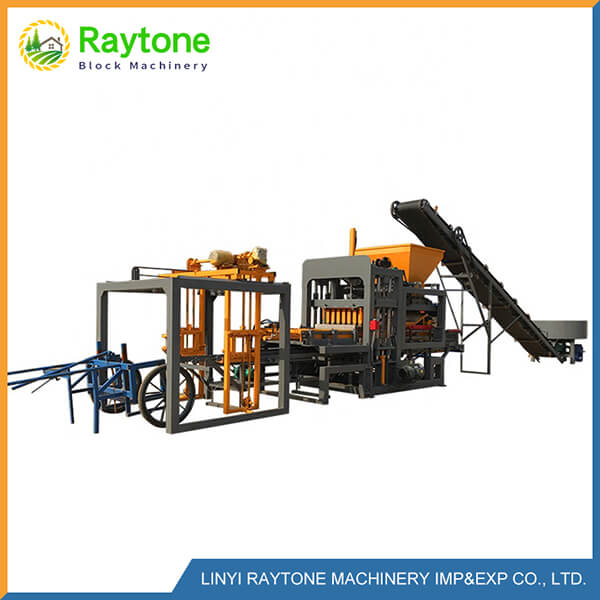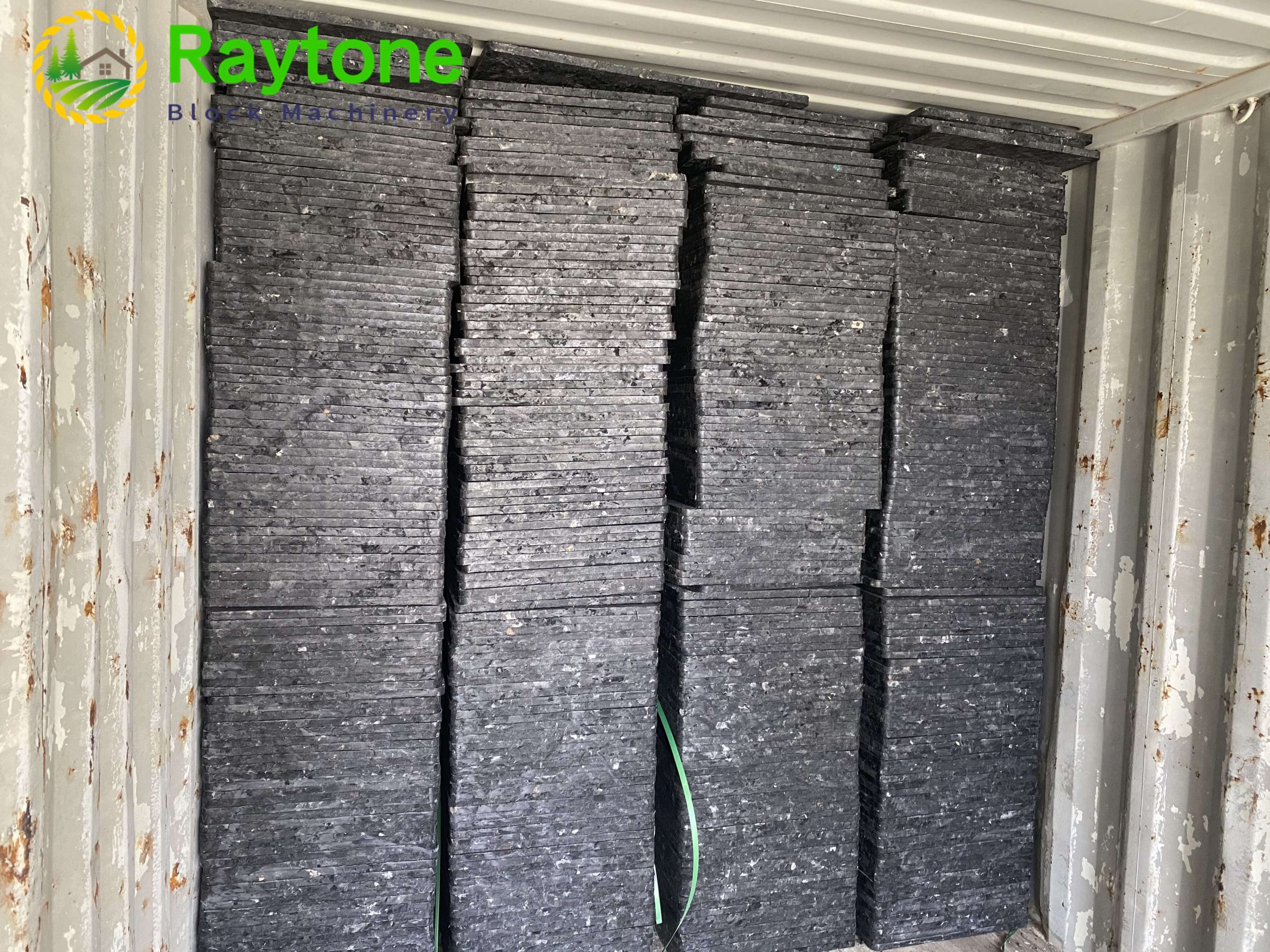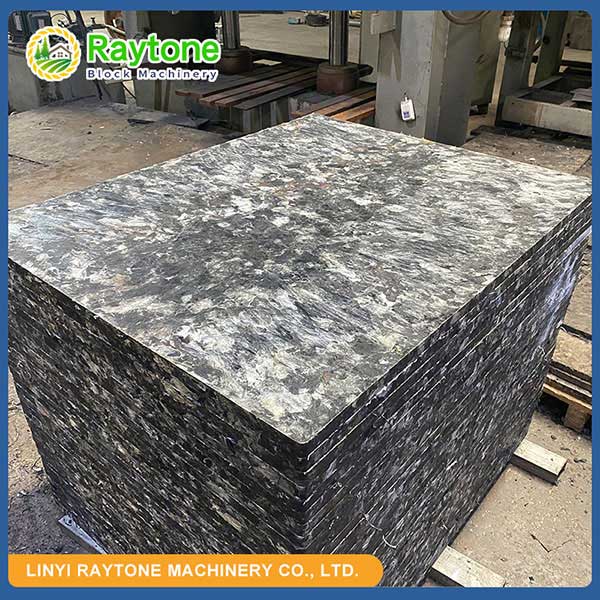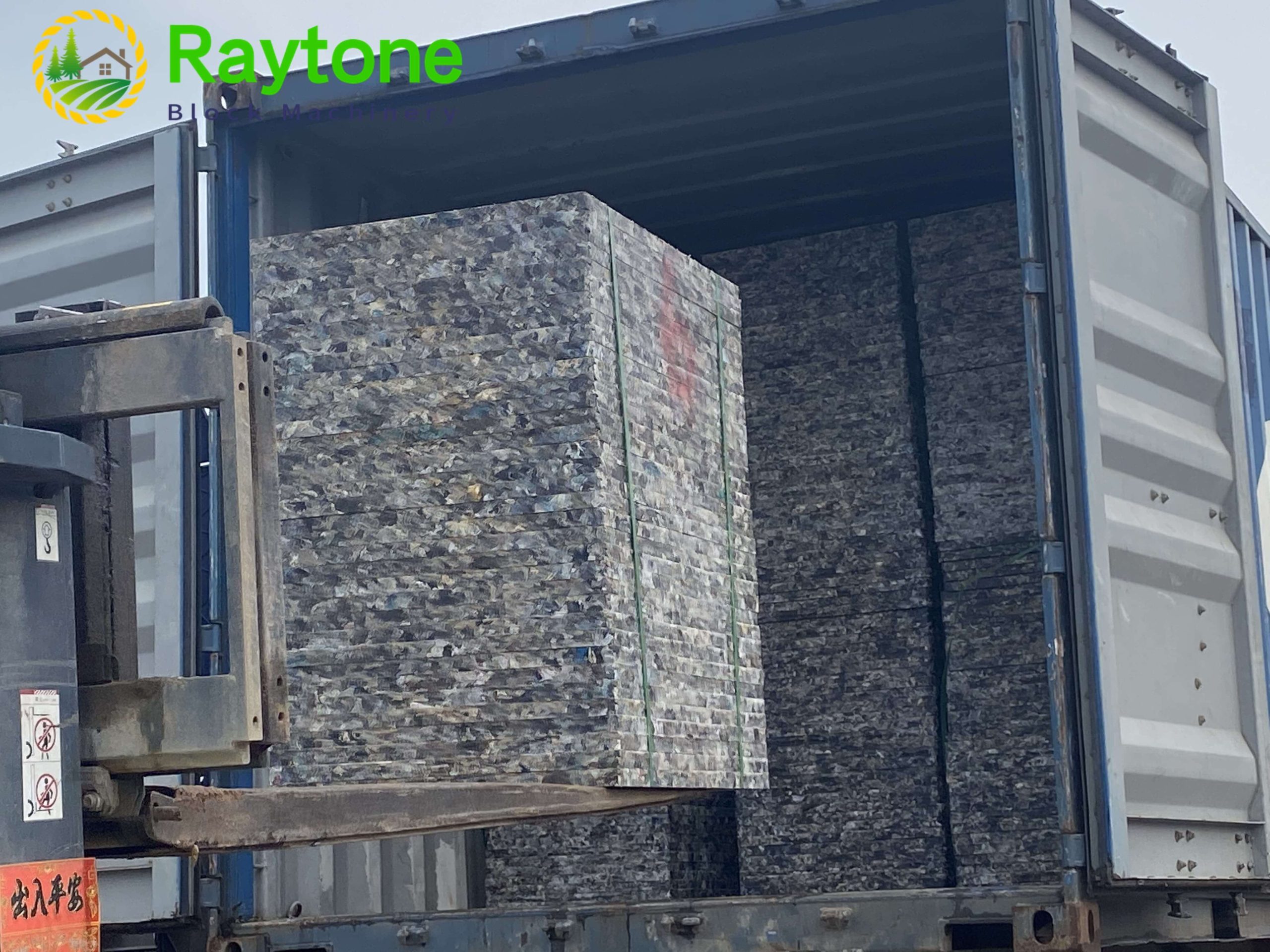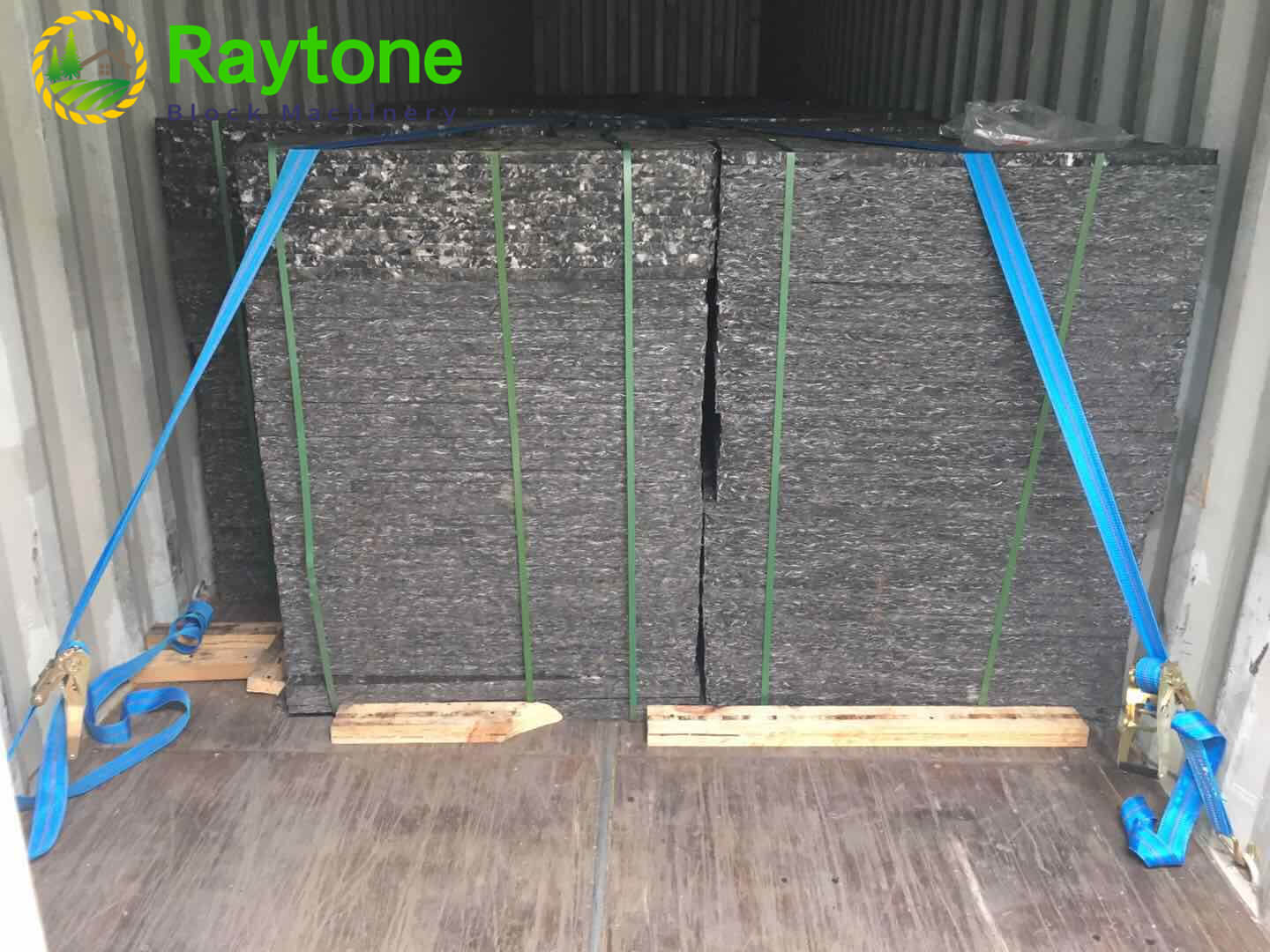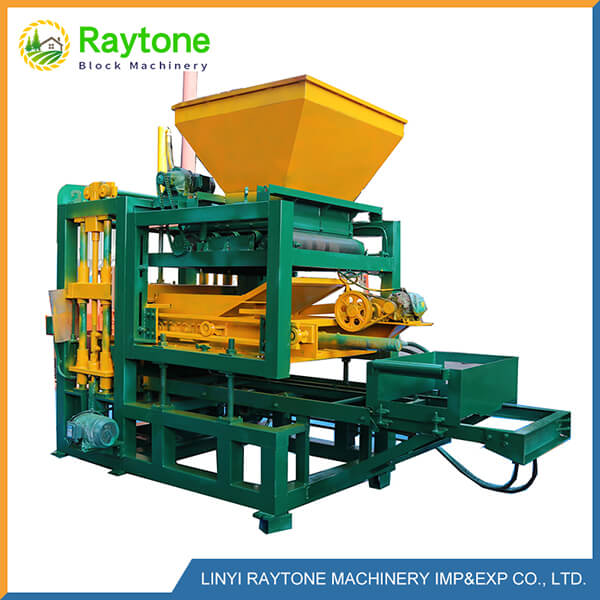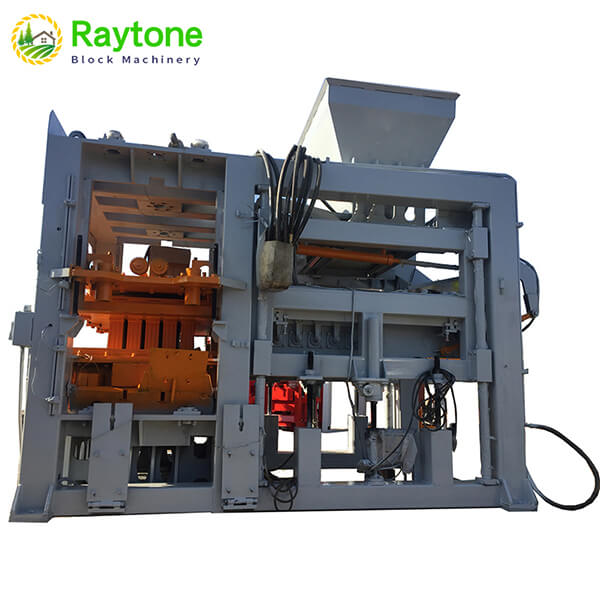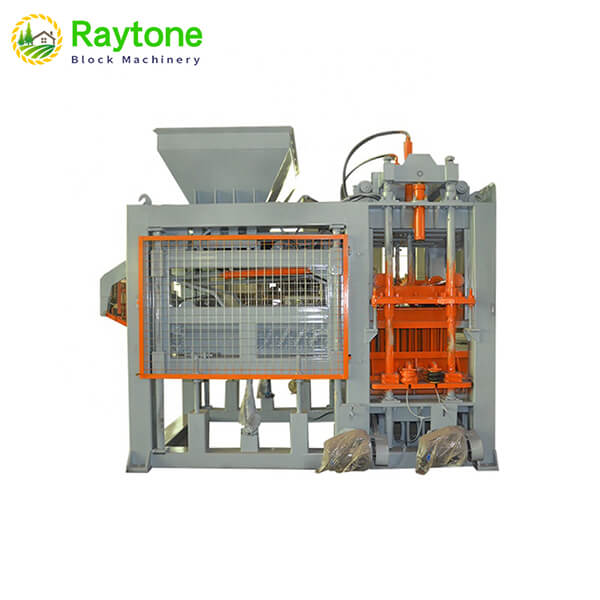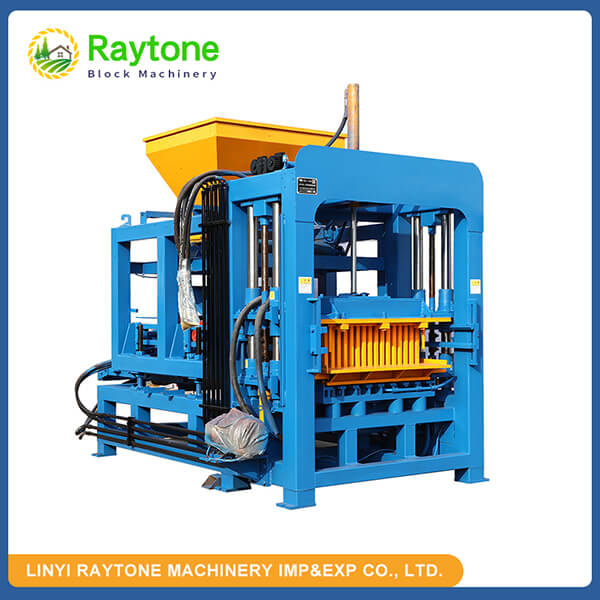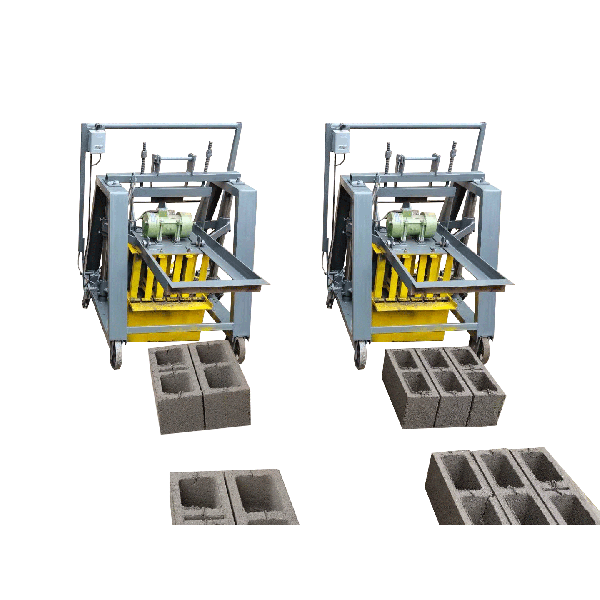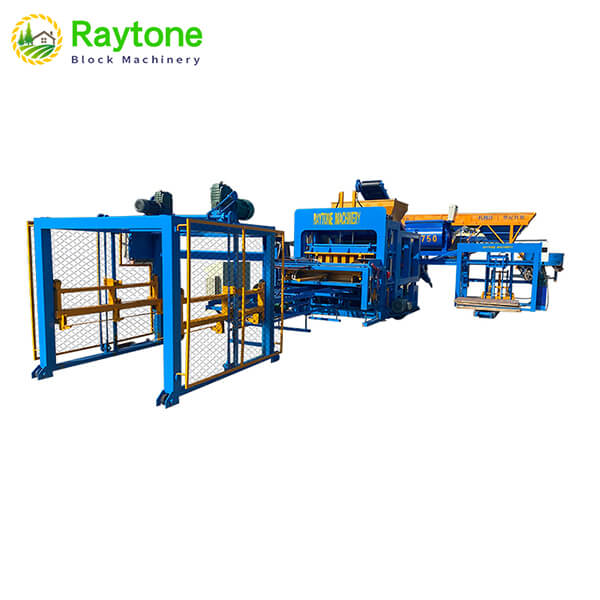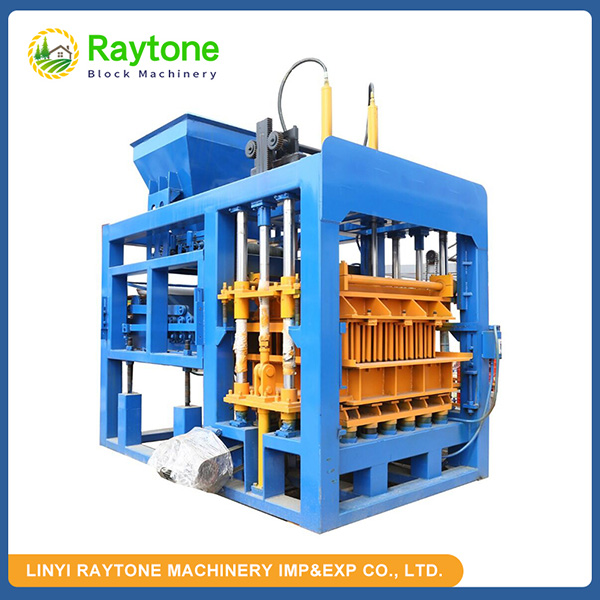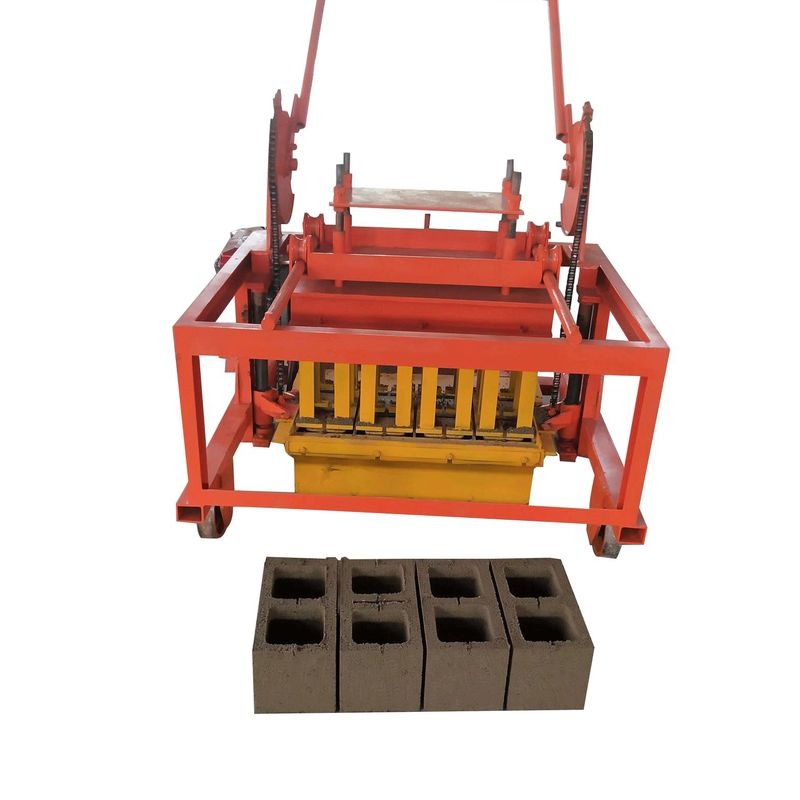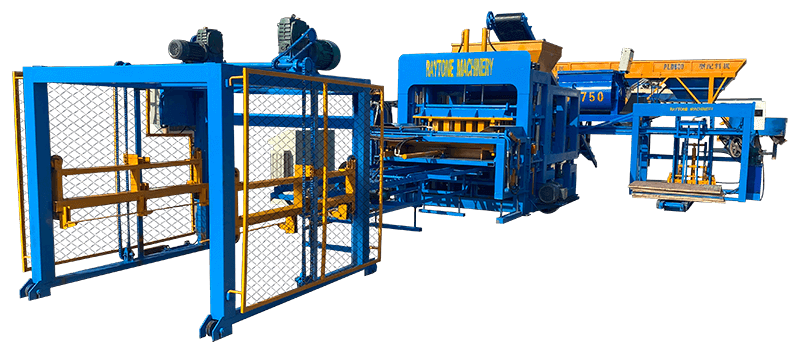A brick making machine is a sophisticated piece of equipment designed to efficiently produce high-quality bricks for construction purposes. These machines work by combining raw materials such as clay, cement, or concrete, compressing them into molds, and then curing the formed bricks. The process typically involves material preparation, mixing, molding, and curing stages. Modern brick making machines can be manual, semi-automatic, or fully automatic, offering various production capacities to suit different needs. Understanding the intricacies of how these machines operate is crucial for anyone involved in construction or considering investing in brick production technology.
Components and Mechanisms of Brick Making Machines
Raw Material Feeding System
The journey of brick production begins with the raw material feeding system. This component is responsible for introducing the primary ingredients into the machine. Modern brick making machines often feature automated feeders that precisely measure and deliver materials like clay, cement, sand, and water. The accuracy of this system is crucial as it directly impacts the quality and consistency of the final product.
Advanced feeding systems may incorporate sensors and computerized controls to adjust material ratios based on moisture content and other factors. This level of precision ensures that each batch of bricks maintains uniform properties, which is essential for construction projects requiring consistent building materials.
Mixing and Homogenization Unit
Once the raw materials are fed into the machine, they enter the mixing and homogenization unit. This component is vital for creating a uniform mixture that will form the basis of the bricks. The mixer typically consists of rotating paddles or blades that thoroughly blend the ingredients.
High-end brick making machines may employ twin-shaft mixers or planetary mixers for superior homogenization. These advanced mixing systems ensure that additives, pigments, and binding agents are evenly distributed throughout the mix. The duration and intensity of mixing can be adjusted to achieve the desired consistency, which is crucial for producing bricks with optimal strength and durability.
Molding and Pressing Mechanism
The heart of the brick making machine lies in its molding and pressing mechanism. This component shapes the mixed material into individual bricks. The process typically involves filling molds with the prepared mixture and then applying significant pressure to compress the material.
Modern machines often use hydraulic systems to generate the necessary force for compaction. The pressure applied can range from 15 to 40 MPa, depending on the desired brick density and strength. Some advanced machines feature interchangeable molds, allowing for the production of various brick sizes and shapes without major retooling.
The precision of the molding process is critical. Many contemporary brick making machines incorporate sensors and automated controls to ensure consistent fill levels and compression across all molds. This attention to detail results in bricks with uniform dimensions and physical properties, which are essential for quality construction work.
Types of Brick Making Machines and Their Operations
Manual Brick Making Machines
Manual brick making machines represent the most basic form of mechanized brick production. These machines rely heavily on human labor for most of their operations. Typically, workers manually load raw materials into the mixer, operate the mixing mechanism, and then transfer the mixture to molds.
The pressing process in manual machines is often achieved through a lever system that the operator activates. While these machines have a lower production capacity compared to their automated counterparts, they offer advantages in terms of lower initial investment and suitability for small-scale operations or areas with limited access to electricity.
Despite their simplicity, manual brick making machines can still produce high-quality bricks when operated skillfully. They are particularly valuable in rural or developing areas where automated solutions may not be feasible due to infrastructure limitations or economic constraints.
Semi-Automatic Brick Making Machines
Semi-automatic brick making machines strike a balance between manual operation and automation. These machines typically automate critical processes such as mixing and pressing while still requiring some human intervention for material feeding and brick removal.
In a semi-automatic system, the mixing process is often mechanized, ensuring consistent material preparation. The molding and pressing stages are also automated, with hydraulic or pneumatic systems providing the necessary compression force. This level of automation significantly increases production capacity compared to manual machines while maintaining a degree of flexibility in operation.
Semi-automatic brick making machines are well-suited for medium-scale production facilities. They offer a good compromise between output volume and investment cost, making them popular among growing businesses in the construction industry.
Fully Automatic Brick Making Machines
Fully automatic brick making machines represent the pinnacle of brick production technology. These sophisticated systems automate every stage of the brick-making process, from raw material handling to final product palletizing.
In a fully automatic setup, computerized control systems manage material proportioning, mixing, molding, and curing. Advanced sensors monitor various parameters throughout the production line, making real-time adjustments to maintain optimal conditions. This level of automation not only maximizes production efficiency but also ensures consistent quality across large volumes of bricks.
Many fully automatic machines incorporate features like automatic mold changing systems, allowing for quick transitions between different brick sizes or shapes. Some advanced models even integrate quality control mechanisms, such as automated visual inspection systems, to identify and remove defective bricks before they reach the curing stage.
While fully automatic brick making machines require a substantial initial investment, they offer unparalleled production capacity and consistency. These machines are ideal for large-scale operations supplying bricks for major construction projects or serving wide market areas.
Maintenance and Optimization of Brick Making Machines
Regular Cleaning and Lubrication
Maintaining the cleanliness of a brick making machine is paramount to its longevity and performance. Regular cleaning prevents the accumulation of hardened material residues that can interfere with moving parts or affect the quality of produced bricks. Special attention should be given to areas like mold cavities, mixer blades, and material conveyors.
Lubrication is equally critical. Moving parts such as bearings, chains, and hydraulic components require regular greasing to minimize wear and ensure smooth operation. Many modern brick making machines feature automated lubrication systems, but it’s essential to verify that these systems are functioning correctly and replenished as needed.
Implementing a structured cleaning and lubrication schedule, tailored to the machine’s usage intensity and environmental conditions, can significantly extend the equipment’s lifespan and maintain consistent production quality.
Wear Part Replacement and Calibration
Certain components of brick making machines are subject to wear due to their constant contact with abrasive materials. These wear parts, which may include mixer paddles, mold liners, and pressing plates, need regular inspection and timely replacement to maintain optimal performance.
Calibration of various machine systems is another crucial aspect of maintenance. This includes checking and adjusting the alignment of molds, the pressure settings of hydraulic systems, and the accuracy of material feeders. Regular calibration ensures that the machine continues to produce bricks that meet specified dimensions and quality standards.
Many manufacturers recommend keeping a stock of common wear parts on hand to minimize downtime during replacements. Additionally, some advanced brick making machines incorporate sensor systems that can alert operators to impending wear part failures, allowing for proactive maintenance.
Production Process Optimization
Optimizing the brick making process involves fine-tuning various parameters to achieve the best balance between production speed, energy efficiency, and product quality. This may include adjusting mixing times, compression pressures, and curing conditions based on the specific characteristics of the raw materials being used.
Modern brick making machines often come equipped with data logging and analysis capabilities. By closely monitoring production data, operators can identify trends or anomalies that may indicate opportunities for improvement. For instance, analyzing energy consumption patterns might reveal optimal operating schedules that minimize power usage without compromising output.
Another aspect of optimization is material management. Ensuring a consistent supply of properly prepared raw materials can significantly enhance machine performance and brick quality. This might involve implementing better storage solutions for raw materials or investing in pre-processing equipment to condition materials before they enter the brick making machine.
Regularly reviewing and updating production processes in light of new technologies or changing market demands is essential for maintaining competitiveness in the brick manufacturing industry. This might involve exploring new additives to enhance brick properties or investigating alternative raw materials to improve sustainability or reduce costs.
Conclusion
Brick making machines have revolutionized the construction industry by enabling efficient, consistent production of high-quality building materials. From manual systems to fully automated production lines, these machines cater to a wide range of production scales and requirements. Understanding the intricate workings of brick making machines, from raw material processing to the final molding and curing stages, is crucial for anyone involved in brick production or construction. Regular maintenance, timely upgrades, and continuous process optimization are key to maximizing the efficiency and longevity of these vital pieces of equipment.
Contact Us
For top-quality brick making machines tailored to your specific needs, consider Raytone Machinery. Our comprehensive range of block machines, from manual to fully automatic models, offers unparalleled performance and reliability. Experience the difference that cutting-edge technology and expert engineering can make in your brick production process. Contact us today at hazel@raytonechina.com to explore how our solutions can enhance your construction projects and boost your productivity.
References
- Smith, J. (2022). “Advanced Techniques in Brick Manufacturing.” Journal of Construction Materials, 45(3), 234-250.
- Johnson, A. & Lee, S. (2021). “Sustainability in Modern Brick Production.” Green Building Technology Review, 18(2), 112-128.
- Zhang, Y. et al. (2023). “Automation and Quality Control in Brick Making Processes.” International Journal of Industrial Engineering, 56(4), 345-360.
- Brown, R. (2020). “Energy Efficiency in Brick Production: A Comprehensive Study.” Energy in Construction, 33(1), 78-95.
- Garcia, M. & Patel, K. (2022). “Innovations in Brick Molding Technology.” Construction Equipment Today, 29(3), 201-215.
- Thompson, L. (2021). “Maintenance Strategies for Brick Manufacturing Equipment.” Industrial Machinery Maintenance, 40(2), 156-170.

